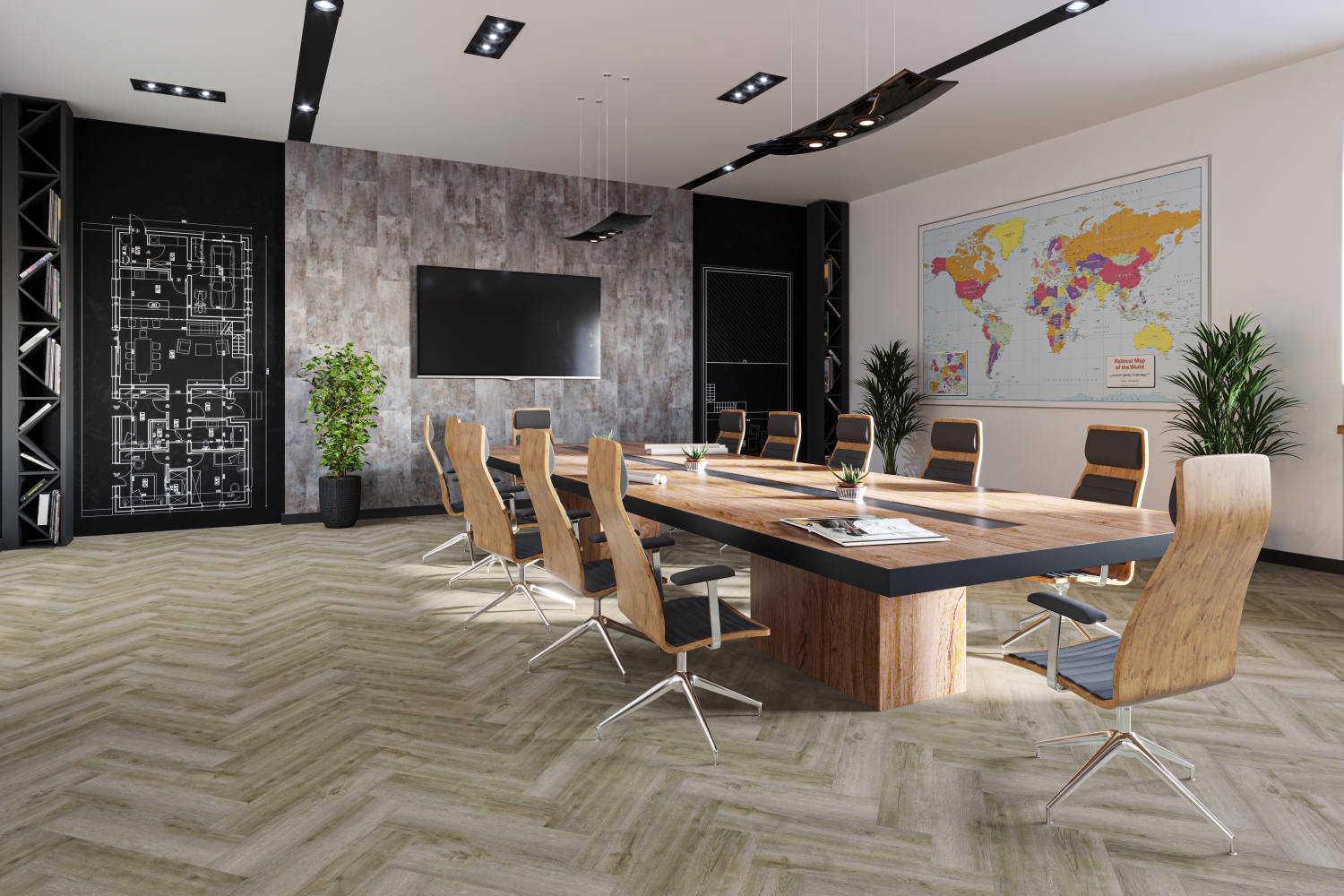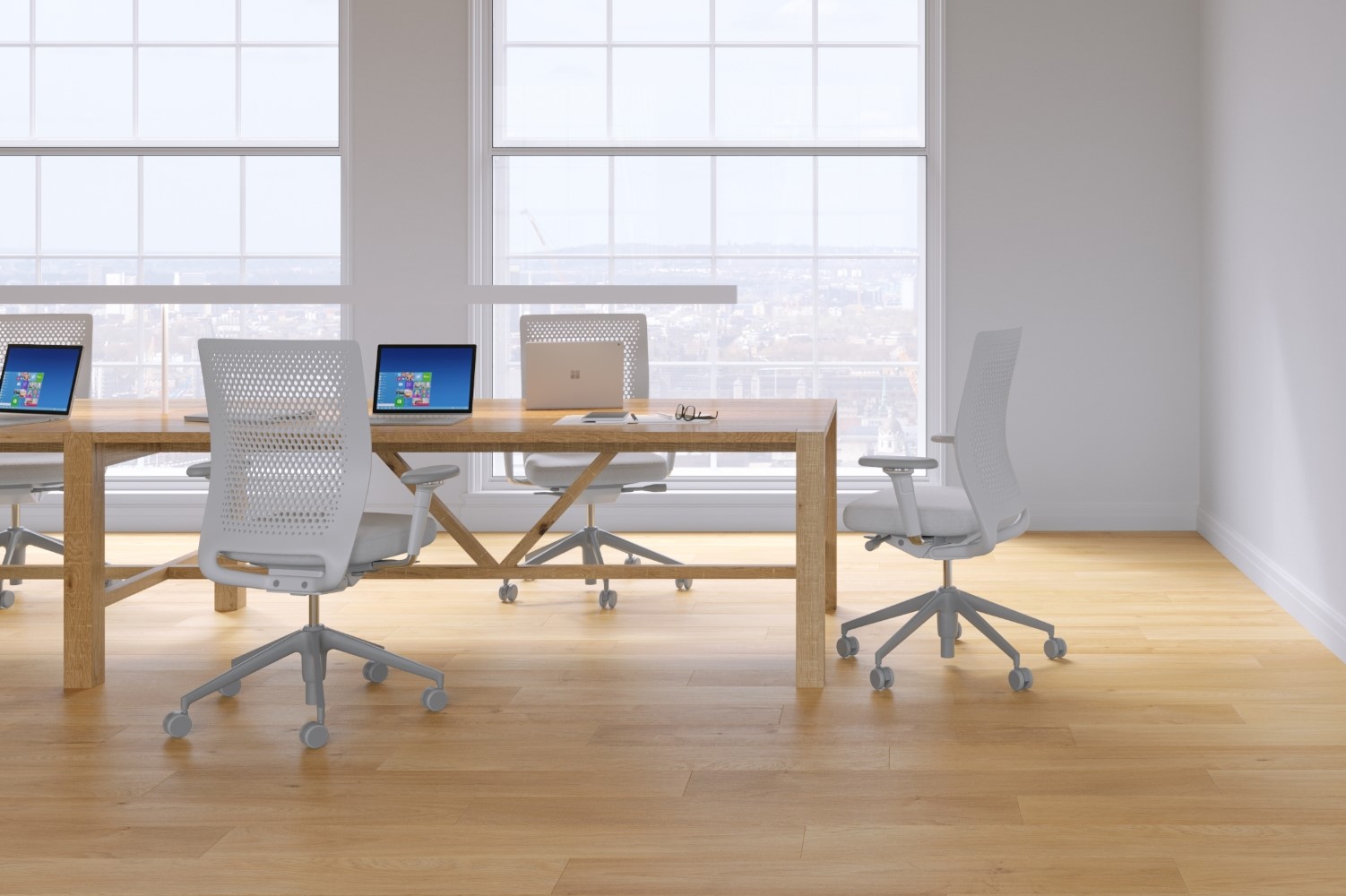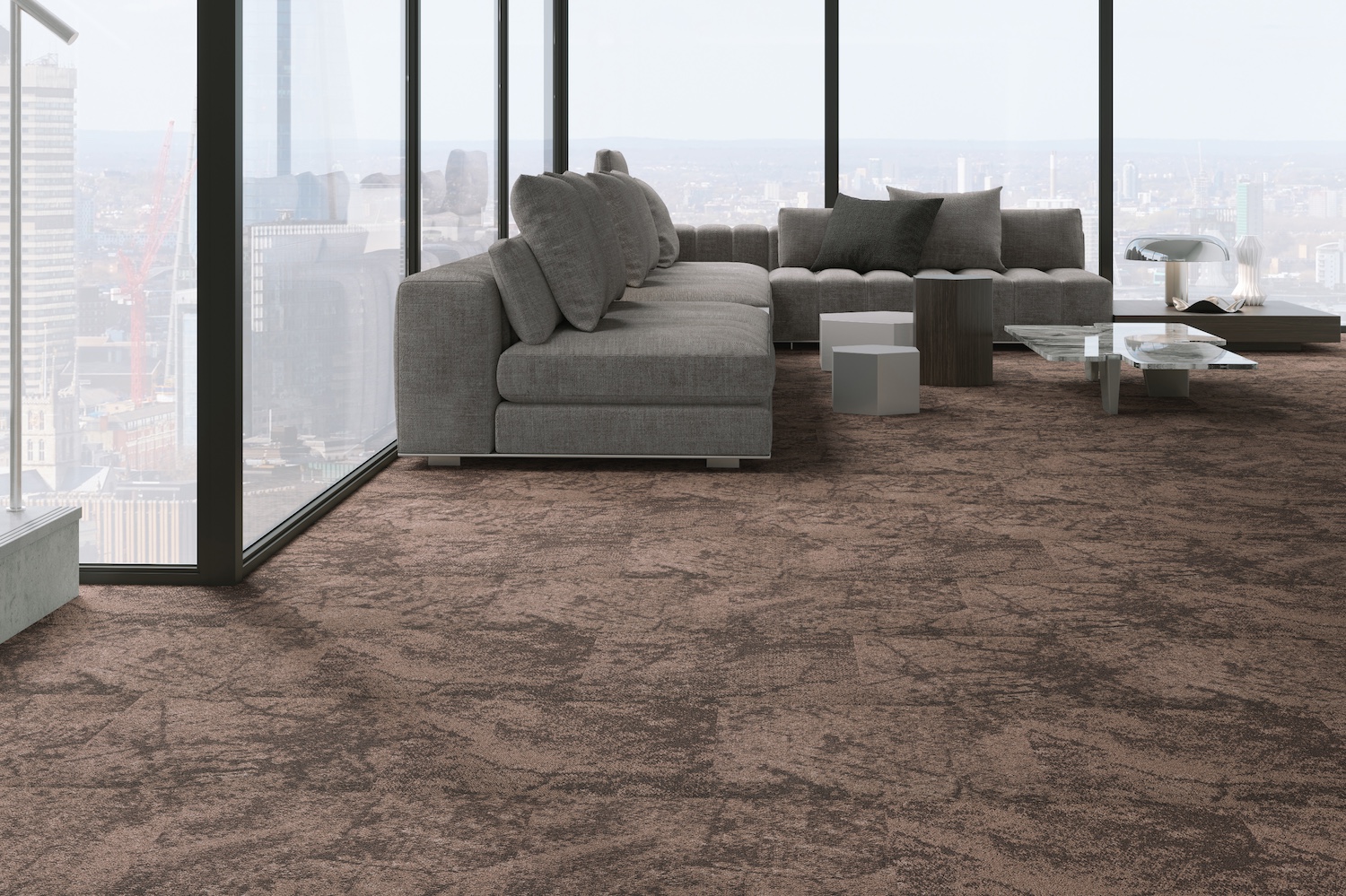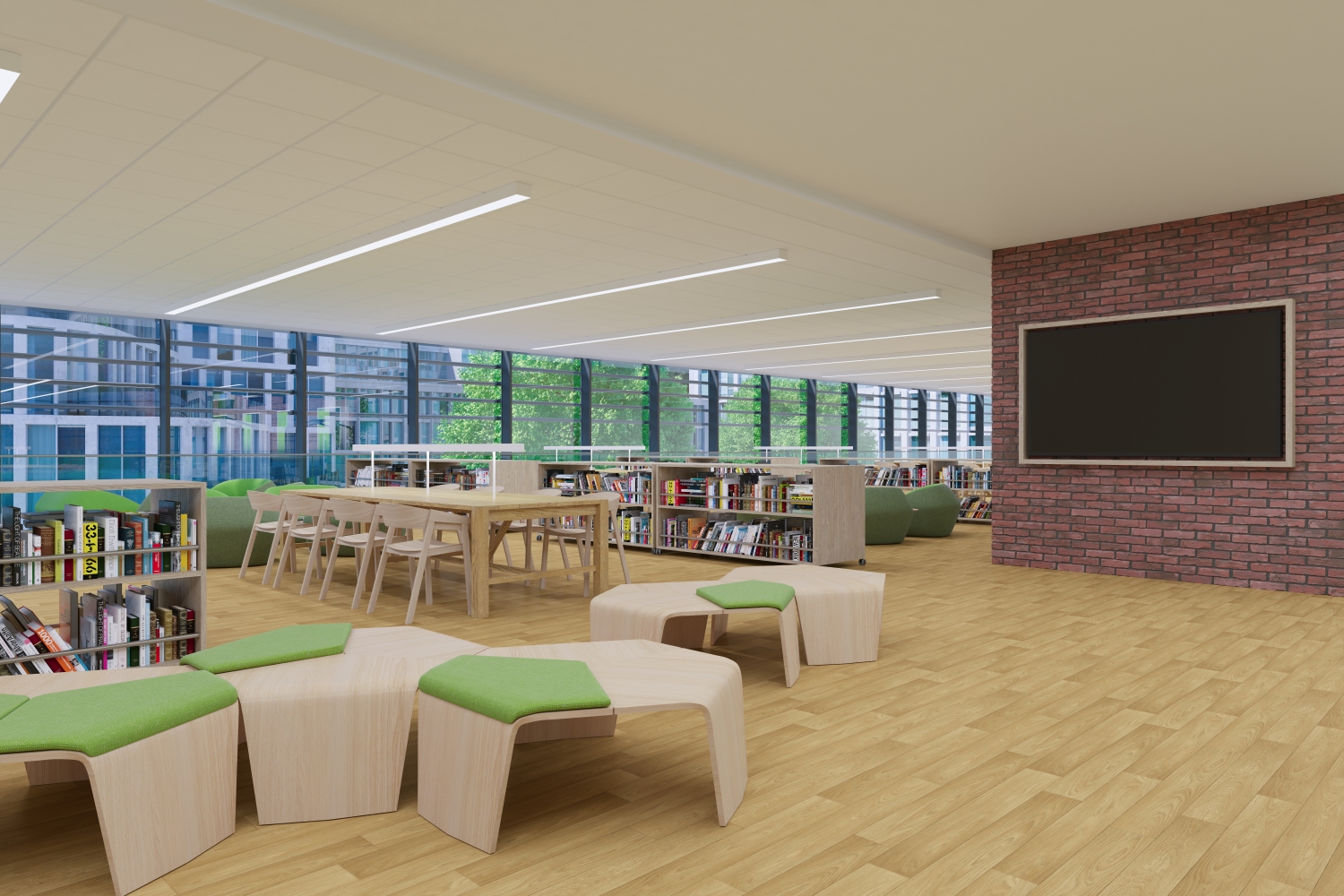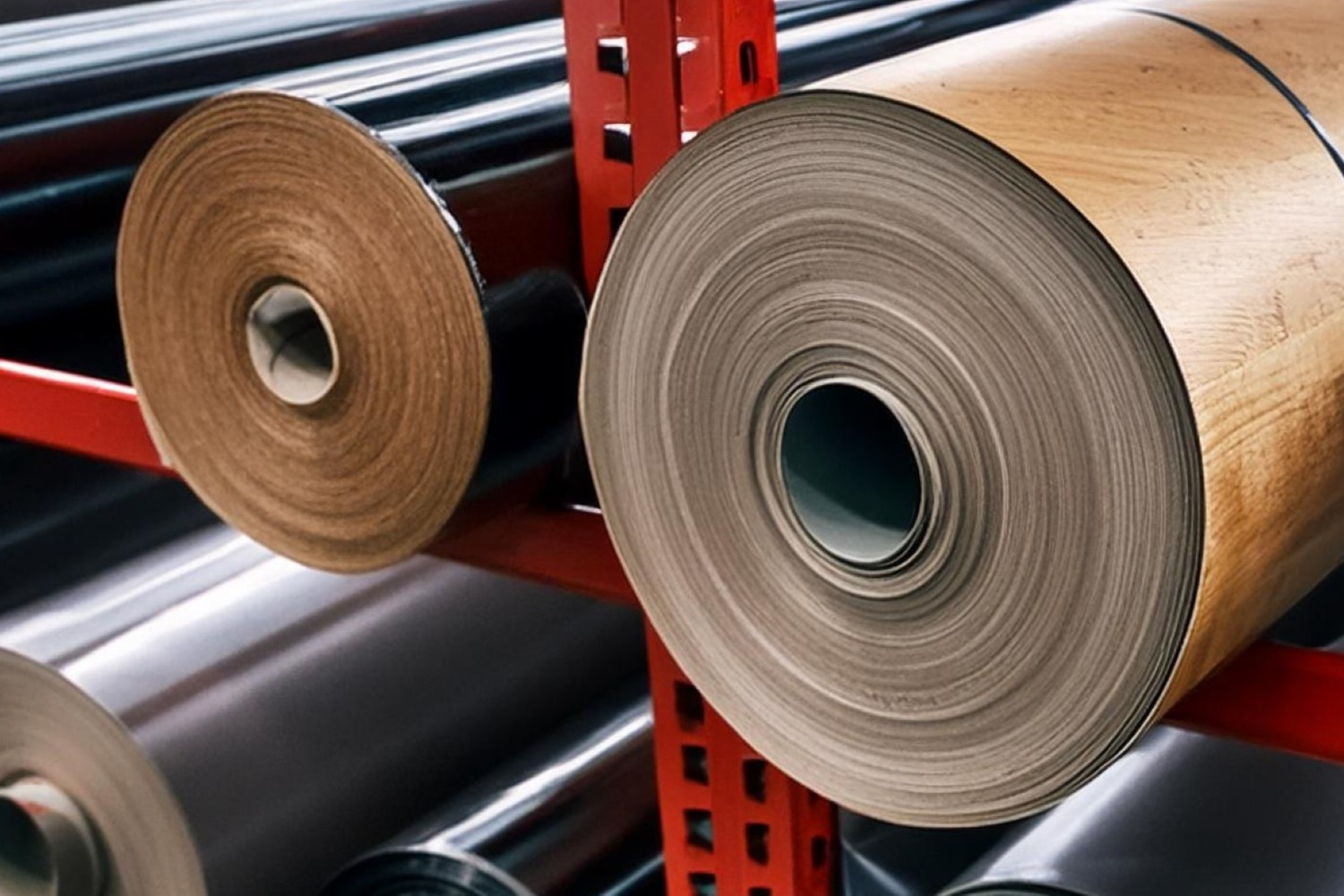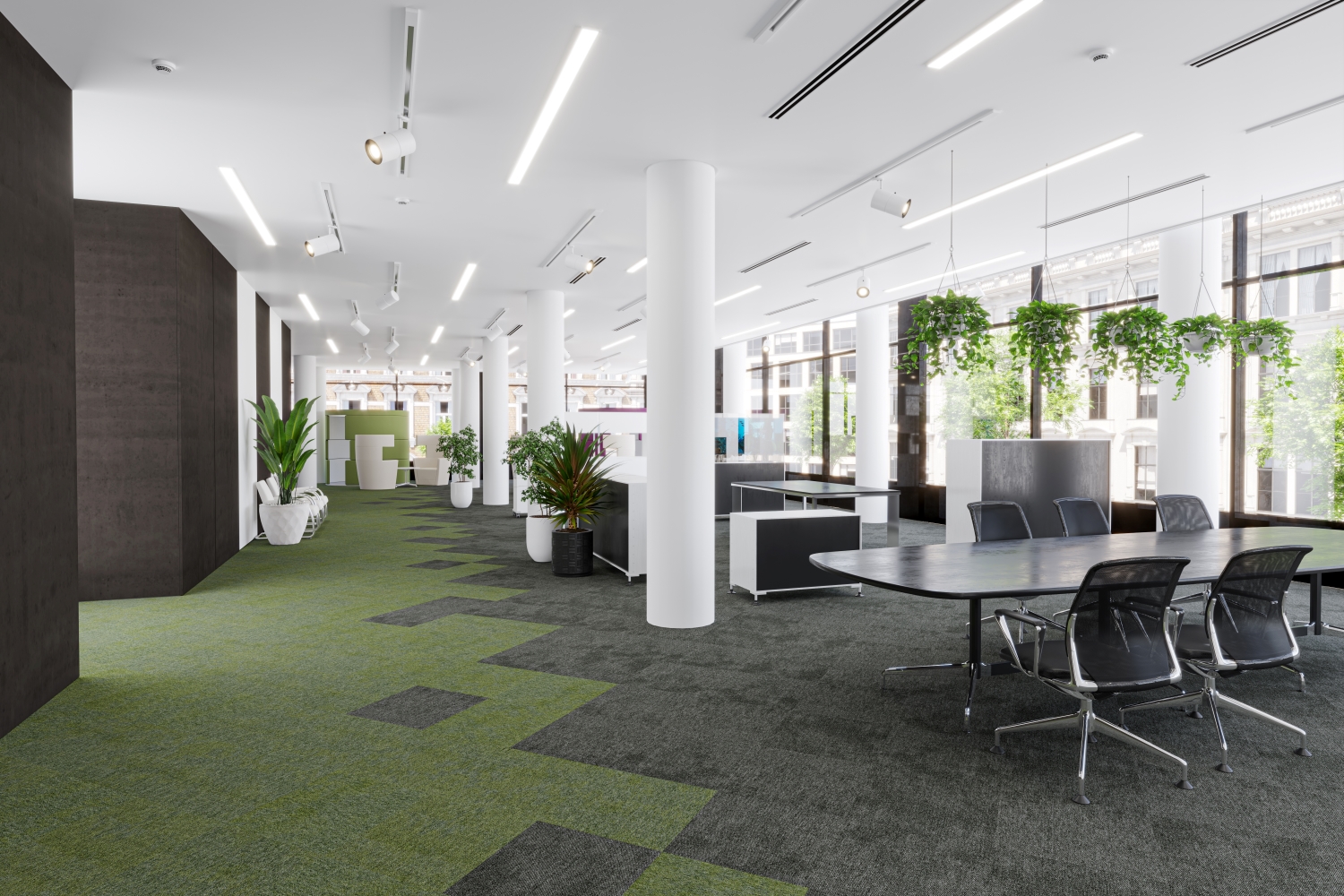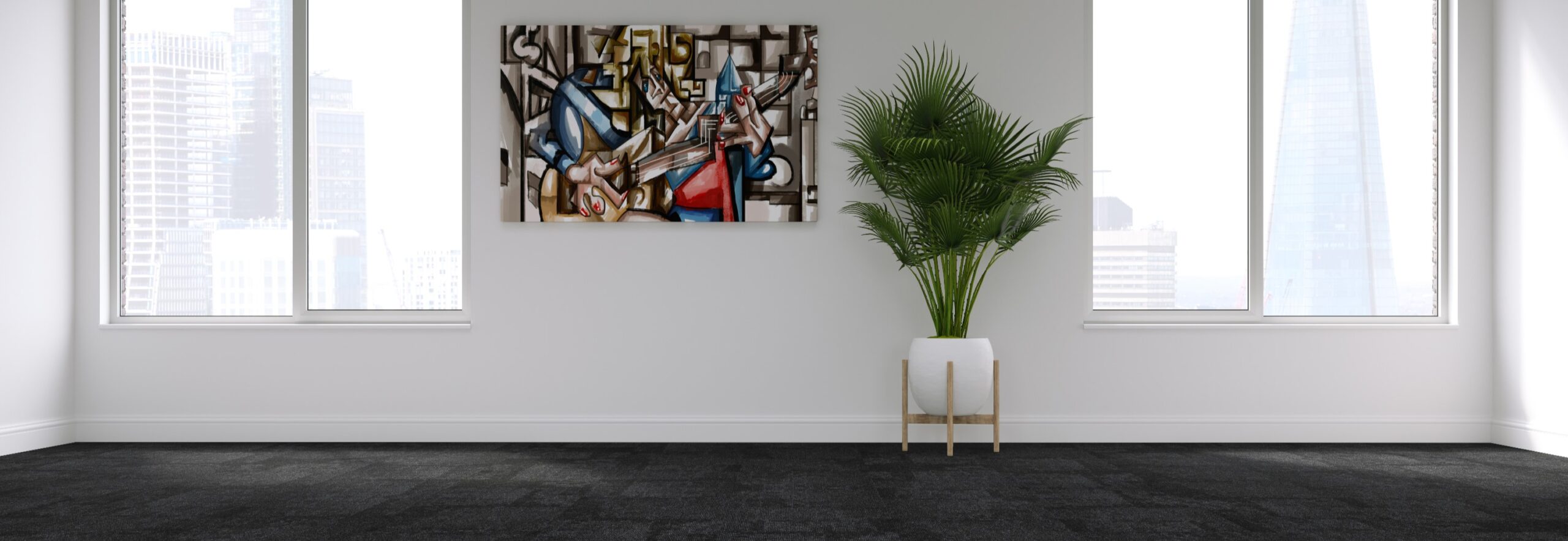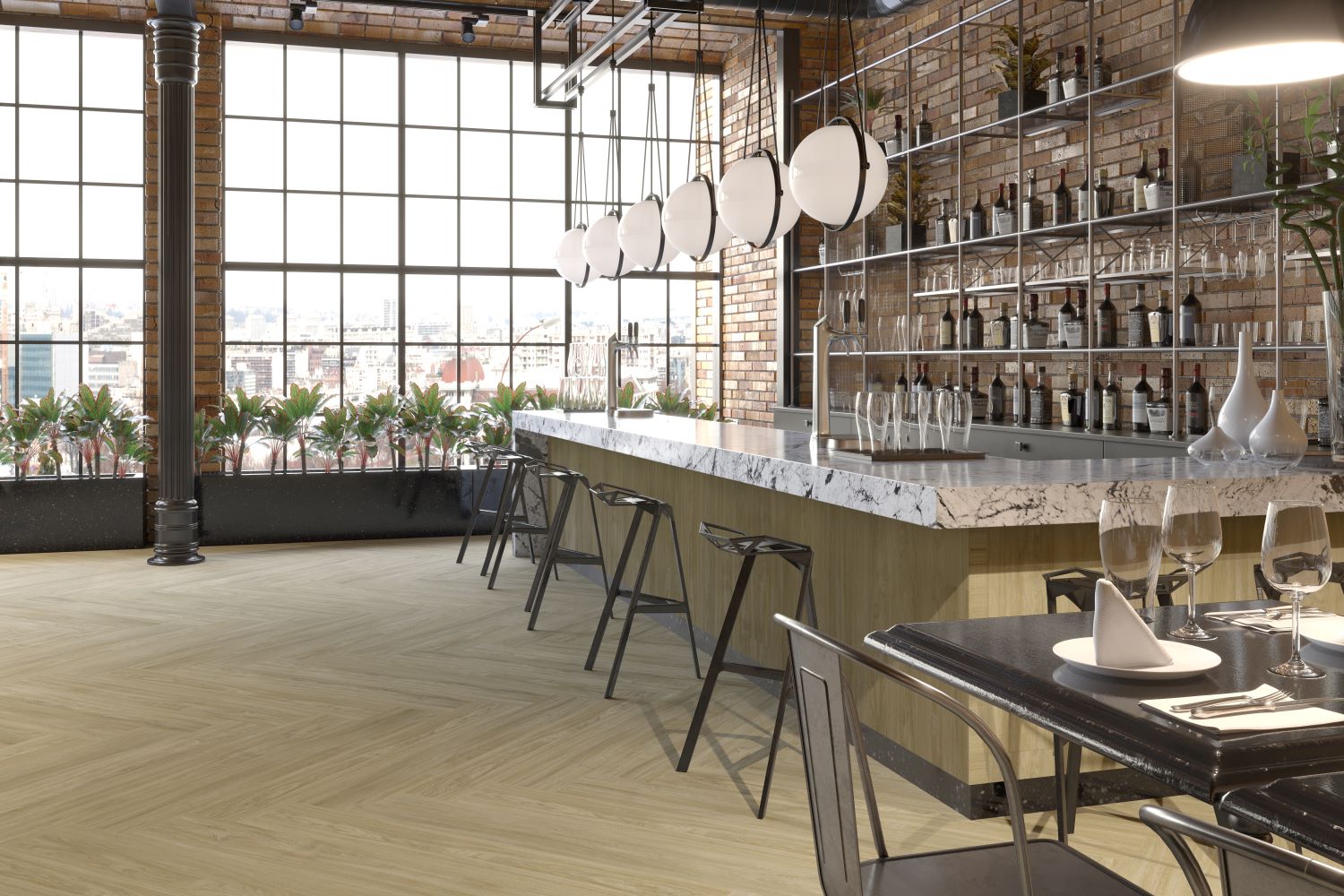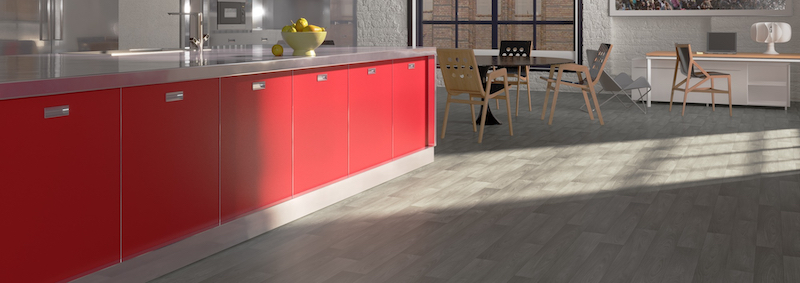Short plank luxury vinyl tile (LVT) is quickly becoming a popular choice in the UK, appealing to both designers and professional flooring contractors. Its combination of style, practicality, and versatility makes it a leading option for various interior design projects. Here’s a closer look at why short plank LVT is on trend for 2024 and the benefits it offers.
Contemporary Aesthetic Appeal
Short plank LVT aligns with the contemporary trend towards minimalistic and nature-inspired designs. These planks often feature natural wood patterns and warm, earthy tones, creating a cosy yet modern look. The ability to mimic natural materials like wood and stone without the high cost and maintenance makes short plank LVT an attractive choice for stylish and elegant interiors. Eleganza by Duraflor is an example of an aesthetically range that offers a variety of strong natural browns.

Versatility in Design
One of the standout features of short plank LVT is its versatility. It excels in creating intricate patterns such as herringbone, which has seen a significant resurgence. This classic pattern adds depth and dimension to spaces, making rooms appear larger and more dynamic. The versatility of LVT means it can seamlessly fit into various design themes, from contemporary urban lofts to classic European aesthetics.
Durability and Practicality
LVT is renowned for its durability, water resistance, and ease of maintenance. These attributes make it an ideal choice for high-traffic areas such as kitchens and bathrooms. Short plank LVT is particularly durable, with features like scratch and scuff resistance that ensure it maintains its appearance and integrity over time. Its ability to withstand heavy foot traffic and spills makes it suitable for both residential and commercial spaces.
Low Maintenance and Ease of Installation
Maintaining LVT flooring is simple, requiring only regular sweeping and occasional mopping. The wear layer on LVT planks helps protect against scratches and stains, ensuring that the flooring retains its stunning appearance with minimal effort. This low maintenance aspect is particularly appealing for busy households and commercial spaces where ease of upkeep is essential.
The smaller size of short planks makes them easier to handle and install, especially in complex patterns like herringbone. This can reduce installation time and labour costs, making it a convenient option for professional installers. The straightforward installation process is a significant benefit, allowing for quicker project turnarounds and less disruption.
In Summary
Short plank LVT ticks many of the 2024 design requirement boxes due to its blend of aesthetic appeal, versatility, durability, and low maintenance. Its ability to replicate the look of natural materials while offering practical benefits makes it a top choice for designers and flooring contractors alike. Whether used in residential or commercial projects, short plank LVT is a stylish, practical, and cost-effective flooring solution.
